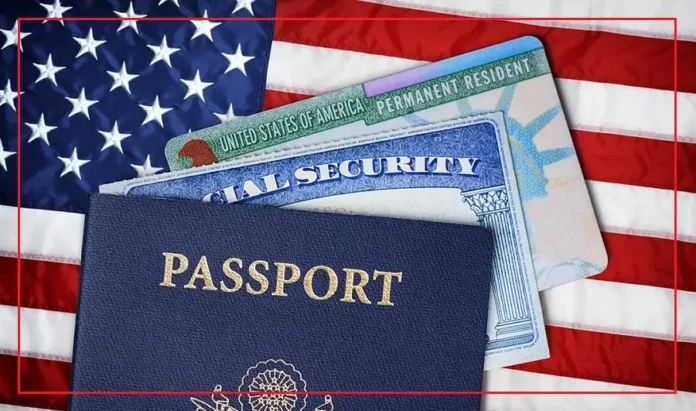Recent changes in US visa regulations are shifting people’s preferences. After the Trump administration announced a sharp hike in H-1B visa fees, interest in the US Gold Card has grown rapidly. Immigration consultancies report a surge in inquiries for this option.
The US government has increased the H-1B visa fee from $2,000 to $5,000, raising the total cost to nearly $100,000.
At the same time, it introduced the Gold Card program, offering a new path to residency.
But this option is extremely costly — $1 million (around ₹83 crore) as a non-refundable fee, while companies must pay $2 million for sponsorship. On top of this, there is a $15,000 waiting fee.
Despite the high cost, wealthy individuals worldwide are showing growing interest because of the benefits it provides.
Who is Showing Interest?
High-net-worth individuals (HNIs) aged 30 to 40 are the most interested. For Indians, the backlog in EB-1 and EB-2 skill-based visas is already very long, making the Gold Card appear more attractive.
Meanwhile, the Trump administration is preparing another option — the Trump Platinum Card. This program would grant residency in exchange for a $5 million contribution.
Officials say both schemes are part of America’s broader economic and security strategy, and applications may open within the next three months.
What the Gold Card Offers
The Gold Card is mainly aimed at wealthy individuals willing to pay millions for a fast-track US residency.
Some Indians have already shown interest, though the exact number of applications will be clear only after the full rules are announced.
